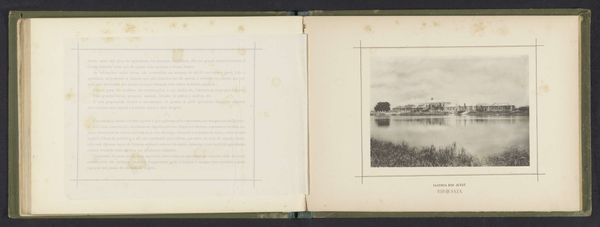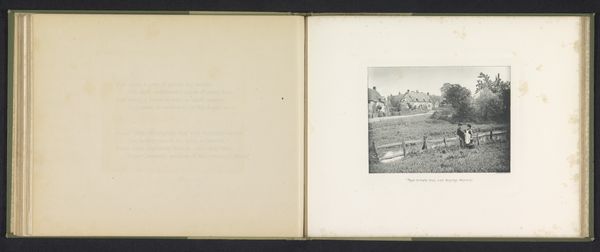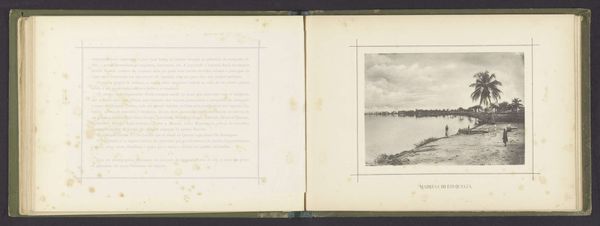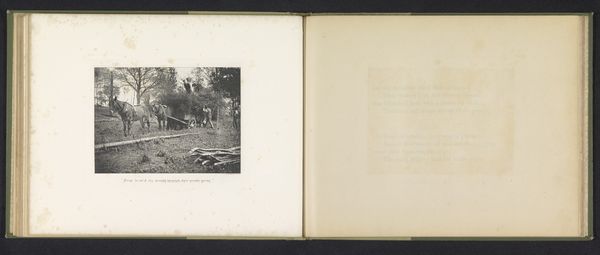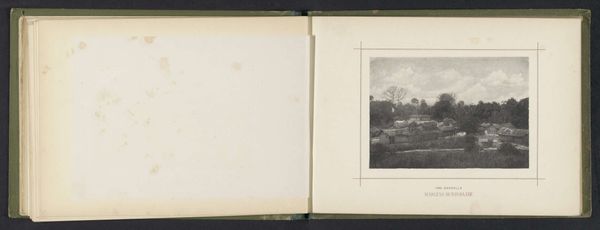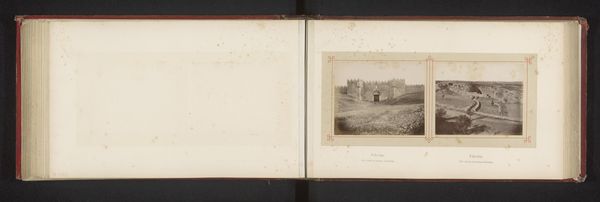
photography
#
landscape
#
photography
#
cityscape
#
street
#
building
Dimensions: height 116 mm, width 165 mm
Copyright: Rijks Museum: Open Domain
Editor: So, this is "Straat te Caxito," a photograph taken before 1886 by José Augusto da Cunha Moraes. It's an intriguing cityscape. There's a stillness, a quiet dignity to this dusty street. It makes me wonder, what stories are embedded in the photograph? Curator: It's remarkable, isn’t it? The silence almost hums. Given the time period, photography itself was a kind of alchemy, a way to freeze a moment, imbue it with a weightiness that paintings often sought to capture through grand narratives. And here we have this very unassuming scene in Caxito. Look at the composition: that wide, open space juxtaposed against the linear simplicity of the buildings. What feelings does that arrangement stir in you? Editor: It feels like a stage, waiting for something to happen. Or maybe a place where things have already happened, and now there’s just this… emptiness. Curator: Exactly! The architecture could be a symbol of governance, or commerce... But then the photograph resists the narrative, there is no sign of life. Moraes, through his framing, through his choices, whispers: Look closer. Feel this space. Maybe it’s less about the street, and more about the act of looking itself? I see both constraint and freedom here, a peculiar dance that plays out only if we allow it. Editor: I never considered that a seemingly straightforward depiction of a place could offer so much interpretation, almost philosophical ideas... Curator: The magic of art, isn't it? We bring ourselves, our own silences and histories to it.
Comments
No comments
Be the first to comment and join the conversation on the ultimate creative platform.
